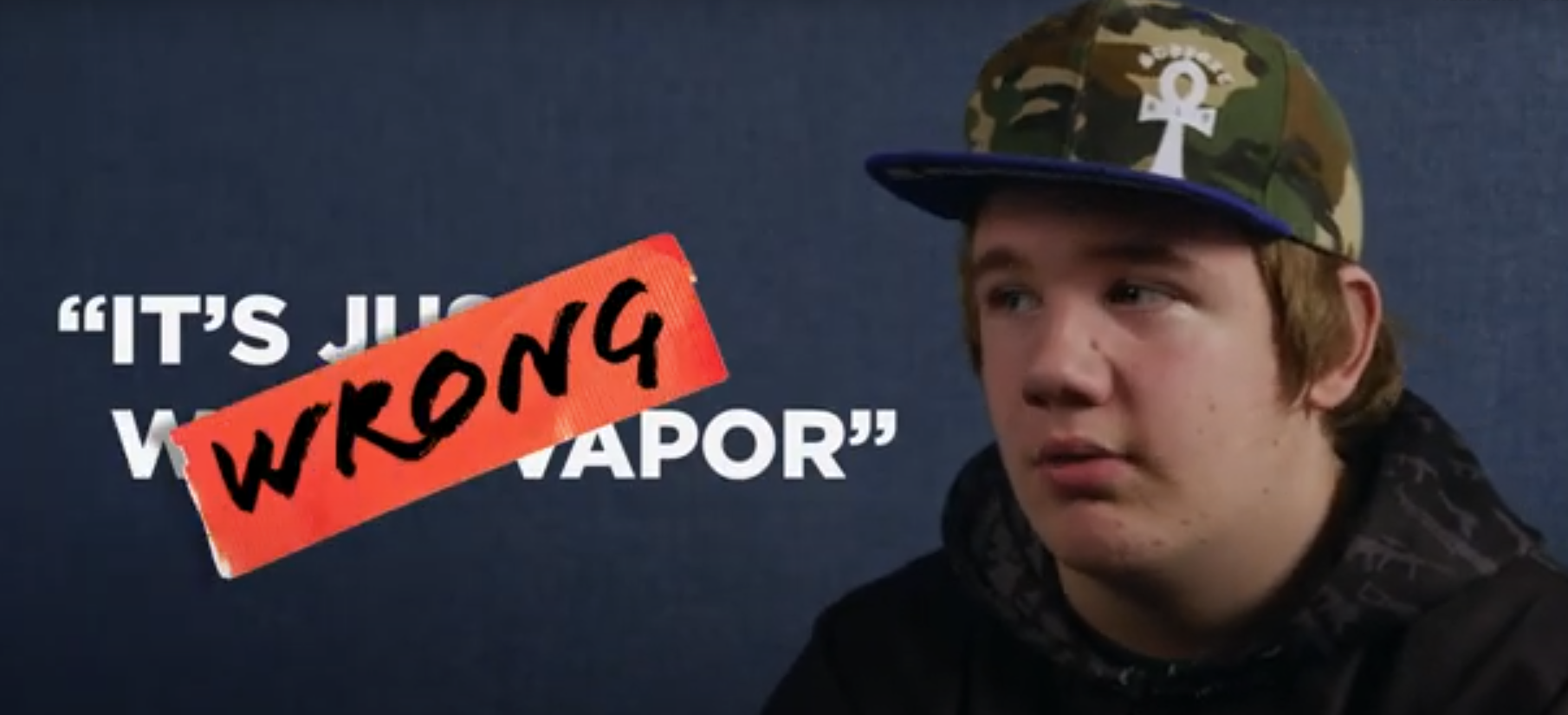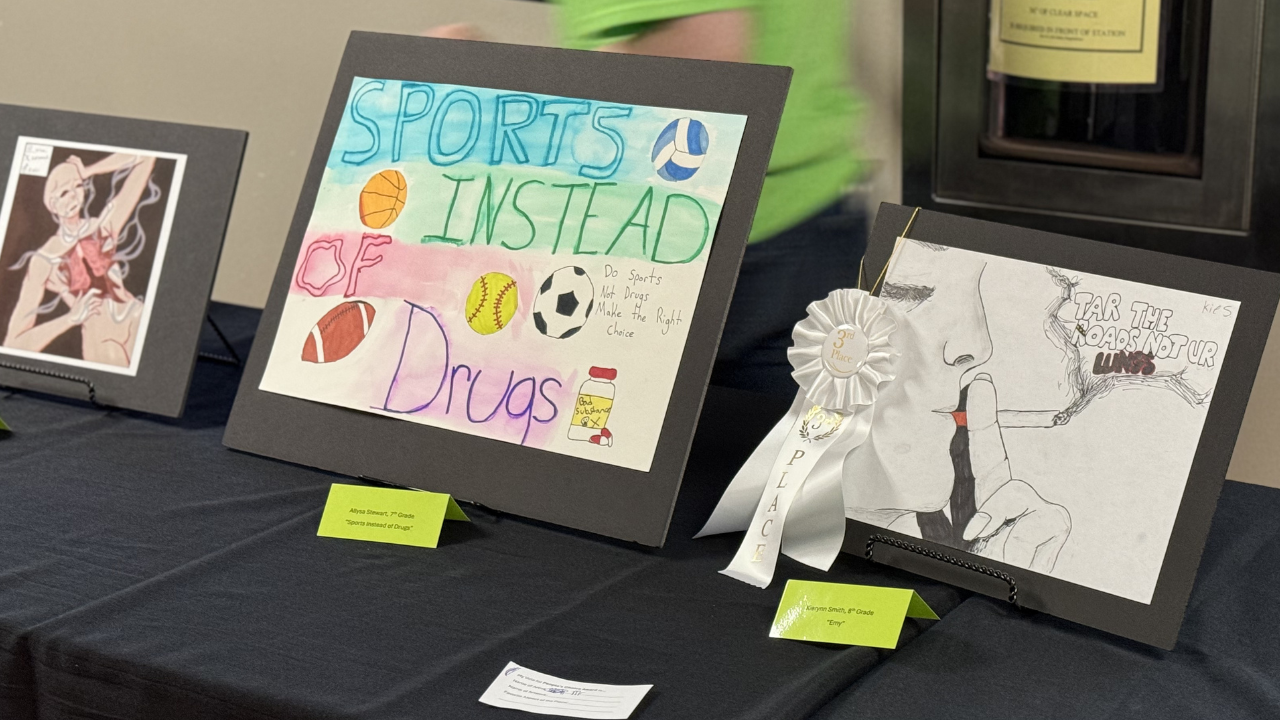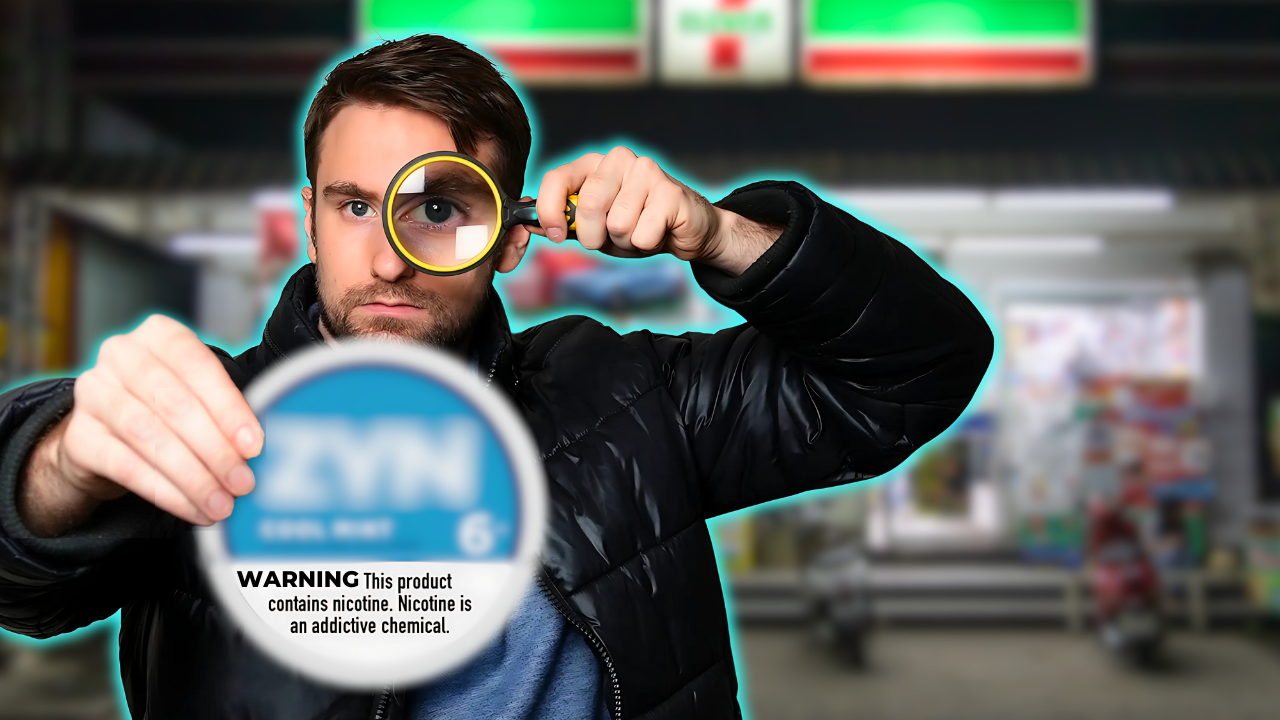DCSmokeFree
Educating. Empowering. Ending Nicotine Addiction.
A bold campaign to help Douglas County end youth vaping, supporting families, and providing accessible quit resources for everyone.

A Campaign Rooted in Community
DCSmokeFree is more than a message — it's a movement. We’re building youth-led change, connecting with parents, and empowering people to quit for good.
- Youth storytelling & real voices
- Vaping prevention events in schools
- Community murals, videos, and more
Campaign Impact

Youth-Led Projects
Students are leading school-wide events, PSA campaigns, and peer-led discussions to shift the narrative around nicotine.

Public Art & Murals
Our bold murals bring community attention to youth vaping with real stories and collaborative art.

Campaign Videos
We create youth-focused video content that educates, engages, and drives action across social platforms.

Events & Outreach
From school visits to city events, we meet people where they are with resources, support, and connection.
Youth Nicotine Use is Evolving
Cigarettes are a thing of the past. Vaping and nicotine pouches are the real game changers.
Data Source: National Youth Tobacco Survey (2003–2023)
Key Insight: While cigarette use among youth has steadily declined over the past two decades (from 21.9% to 1.9%), e-cigarettes rapidly gained popularity after 2011, peaking at 27.5% in 2019.
Note: The sharp decline in e-cigarette use after 2019 was partially influenced by heightened awareness campaigns, flavor restrictions, and the COVID-19 pandemic.
The Everyday Epidemics Podcast
Honest conversations for public health professionals, doctors, and educators — tackling tobacco, addiction, and emerging public health issues.

Episode 09 – Tobacco Cessation at the Pharmacy Counter
A conversation with Cascadia Pharmacy Group about the role of pharmacists in supporting tobacco cessation, delivering NRTs, and reshaping the pharmacy counter into a tool for public health.
Stay Connected
Get the latest campaign updates, public health resources, and inspiring stories from Douglas County's movement to end youth nicotine use.
Want to Quit? We’ve Got You Covered.
Free programs for every stage of life — from teens navigating vaping to expecting parents looking for support.
Smokefree Pregnancy
FlagshipA dedicated class for expecting moms. Get support, incentives, and tools to quit tobacco and give your baby the best start possible.
Learn MoreTeen Quit Classes
A friendly, judgment-free space for youth ready to quit vaping and reclaim their health.
Teen ClassesAdult Quit Classes
Proven programs to help adults quit smoking or vaping — one step at a time.
Adult ClassesReady to Take the First Step?
Whether you're ready to quit or want to help others — our community needs you. Let's do this together.

